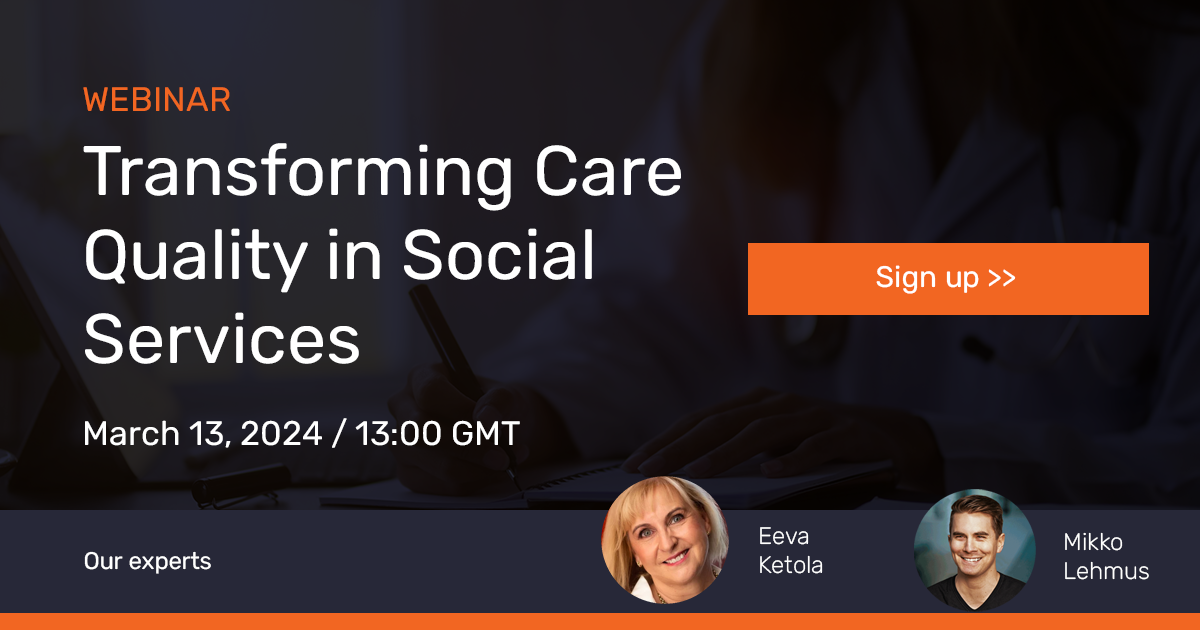Guest blog: Quality and Safety Go Hand in Hand
Deviations are a gift to quality improvement and should not be feared. Instead, it would be surprising if there were no deviations, as who among us is without fault?
In our social services and healthcare industry, ensuring patient and customer safety is part of our daily work. Each of us has the right to good treatment, safe care and nursing, and a good workplace where we can truly say we care. In addition to caring, standardized working methods are needed.
A good and safe work culture is characterized by quality work being done even when no one is watching. Quality means skilled and friendly staff working for the residents. It includes everyone who puts their heart into their work, whether they are a nurse, care assistant, doctor, cleaner, payroll clerk, customer service representative, or in charge of procurement.
Deviations Are a Gift for Improvement
The purpose of deviations is not to look for rotten apples or act as a police system but to improve operations. Deviation reports are a starting point for continuous quality improvement. They should be seen as a gift, as making a report indicates concern, and a desire to bring problems to light and solve them.
At best, a deviation report can save someone’s life or reduce suffering. Creating deviations should not be feared or minimized. Instead, it is worth wondering if there are no deviations in an organization at all. Who among us can claim to be flawless?
Behind a deviation can also be staff occupational safety. Anticipating risks is key in preventing work accidents. Occupational safety risks are assessed similarly to deviations: by reporting the severity of the event and its consequence. The combined effect (multiplication) results in a risk, the magnitude of which is assessed. The greater the risk, the stricter the response and the faster the corrective actions.
Good examples of improving occupational safety include maintenance of residents’ nursing beds and lifting devices, sanding the yards of buildings, and protecting personnel with employer-provided masks during the coronavirus era.
Having said this, it is important to realize there is no way to manually make sure everything is done according to plan. This is why different tools and software are essential in ensuring and improving care quality. For example, a social and healthcare asset management solution can help to monitor the beds and other medical devices and make sure that scheduled maintenance is completed according to manufacturers’ guidelines.
Making safety observations should be part of everyday life, then it will also become part of the culture. We monitor deviations, the drafting of risk assessments, work accidents, and support and guide our employees to work safely every day.
Written by
Eeva Ketola
Director of Quality
Esperi Care Oy
Join our upcoming webinar and learn how asset management can improve care quality:
Learn how Paf saved 13 hours per week and increased its purchase refunds by 75%
© Copyright – IDR Oy – Privacy Policy

